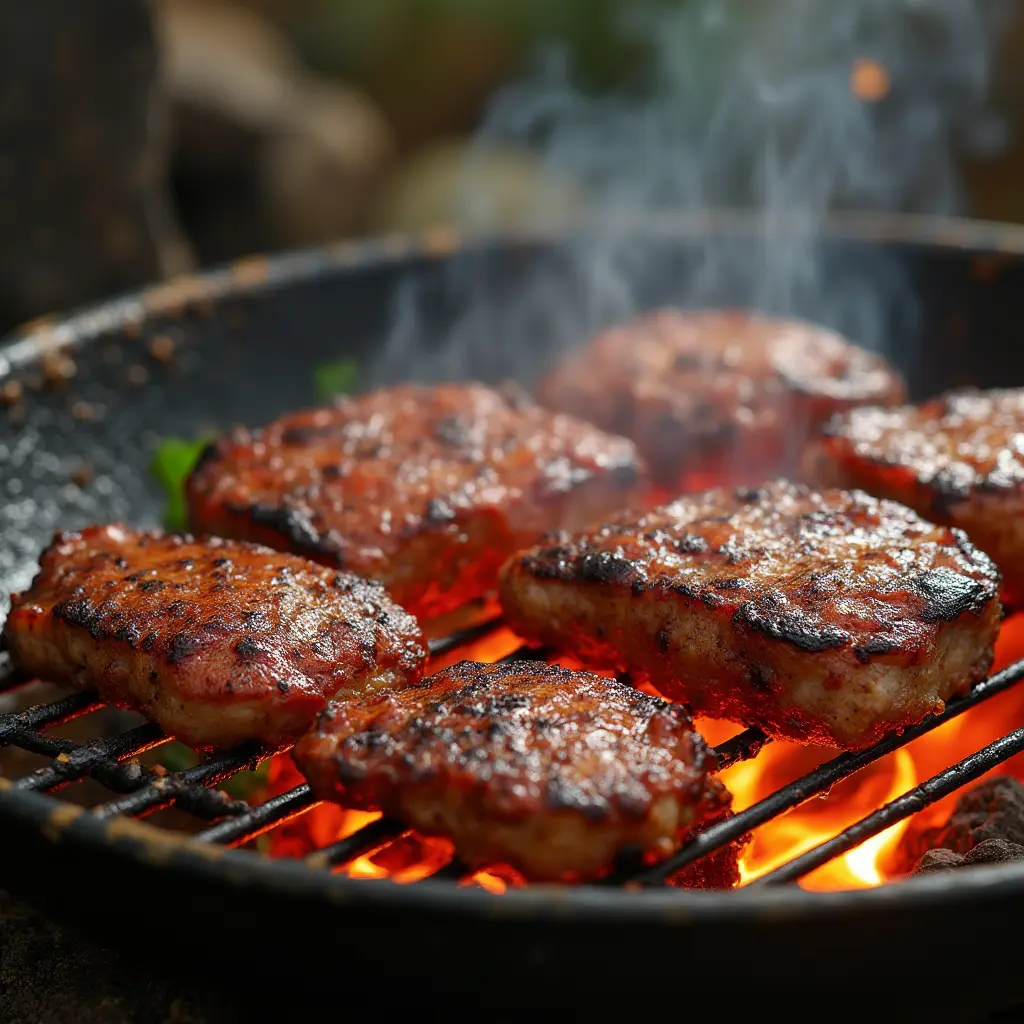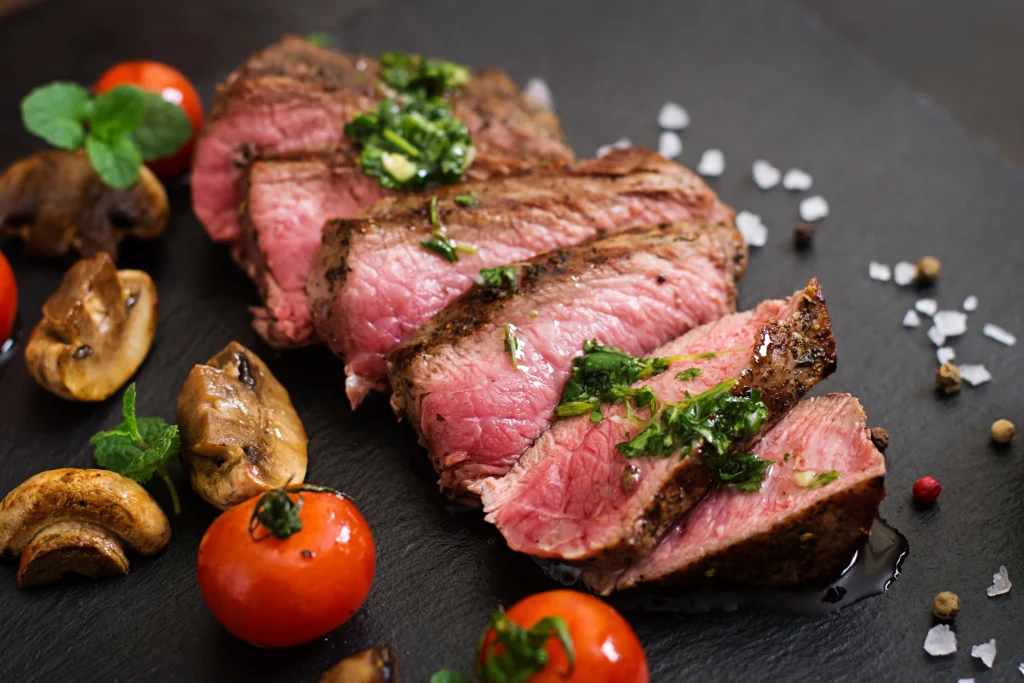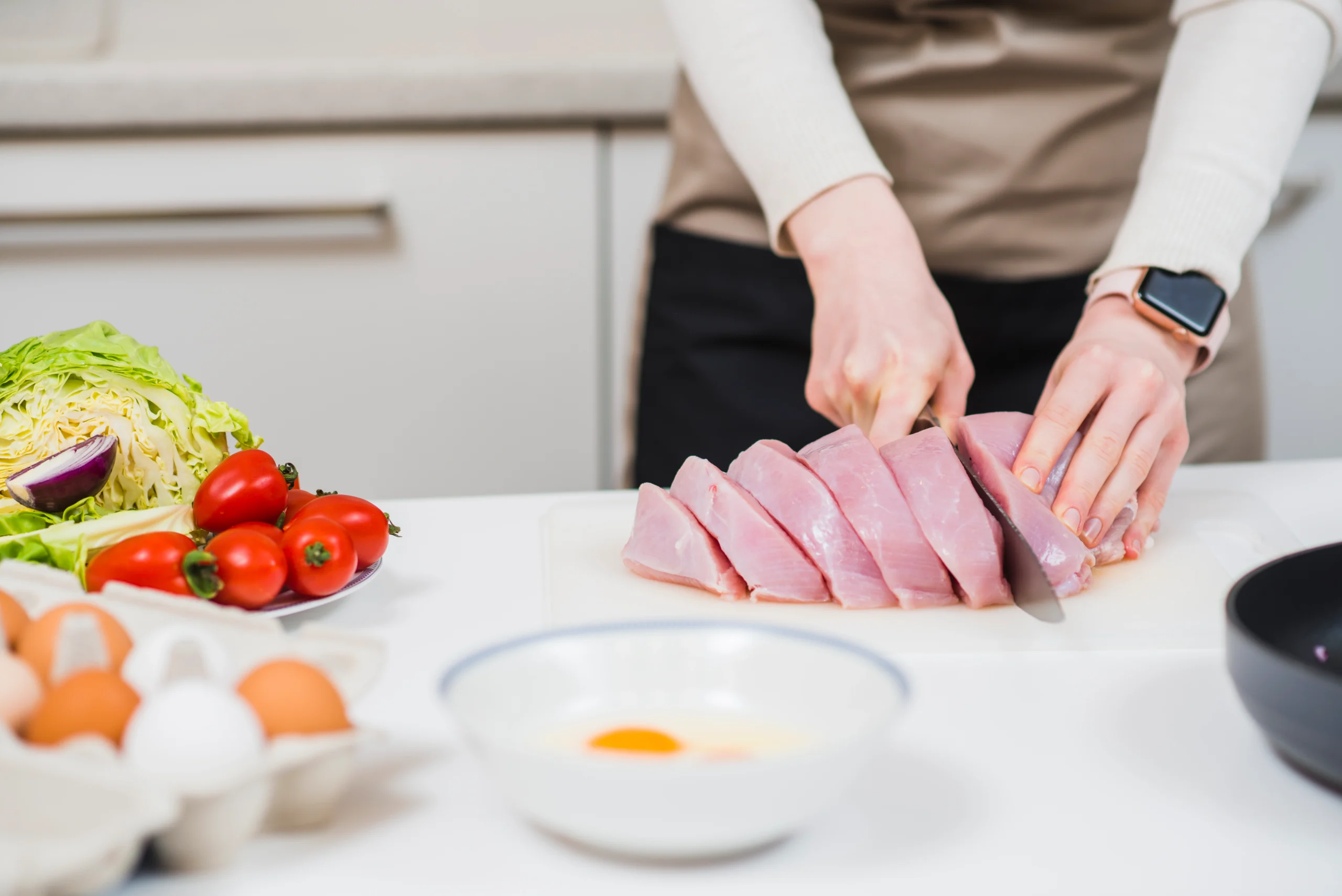Cooking Meat: 5 Essential Rules Everyone Should Know
Introduction
Cooking meat is both an art and a science, and getting it right can be the difference between a mouthwatering dish and a disappointing meal. Have you ever cut into a steak expecting juiciness, only to find it dry and tough? Or maybe your grilled chicken turned out flavorless despite your best efforts? Understanding the fundamentals of cooking meat can elevate your meals and ensure you always serve up something delicious. Whether you’re a beginner or a seasoned home cook, mastering these five essential rules will help you achieve perfectly cooked meat every time.
Table of Contents
1. Choosing the Right Cut
The cut of meat you select plays a crucial role in the final result. Each cut has different characteristics, and knowing which to use for different cooking methods is essential.
Understanding Meat Cuts
- Tender Cuts: These include ribeye, tenderloin, and sirloin. They have less connective tissue, making them ideal for grilling and pan-searing.
- Tougher Cuts: Cuts like brisket, chuck, and short ribs have more collagen and require slow cooking to break down and become tender.

How to Choose High-Quality Meat
- Look for Marbling: Fat marbling enhances flavor and juiciness.
- Check Color and Texture: Fresh beef should be deep red, while chicken should have firm, pink flesh.
- Go for Grass-Fed or Organic: These options often provide better taste and quality.
2. Proper Meat Preparation
How you prepare your meat before cooking has a direct impact on taste and texture.
Why Resting Meat Before Cooking Matters
- Allowing meat to reach room temperature ensures even cooking.
- Resting raw meat before cooking allows salt to penetrate, enhancing flavor.
Seasoning for Maximum Flavor
- Use Kosher Salt: It dissolves slowly and enhances natural flavors.
- Marinate for Tenderness: Acidic marinades with lemon juice or vinegar help break down muscle fibers.
- Use Dry Rubs for BBQ: A blend of spices creates a flavorful crust.
3. Mastering Cooking Techniques
Each cooking method brings out different qualities in meat.

Best Cooking Methods for Different Meats
| Meat Type | Best Cooking Methods |
|---|---|
| Beef | Grilling, roasting, sous vide |
| Chicken | Roasting, pan-frying, braising |
| Lamb | Slow cooking, grilling, smoking |
| Fish | Searing, baking, steaming |
Controlling Temperature for Perfect Doneness
- Use a meat thermometer:
- Rare: 120-130°F
- Medium-Rare: 130-140°F
- Medium: 140-150°F
- Well-Done: 160°F+
- Let meat rest 5-10 minutes before slicing to retain juices.
4. Avoiding Common Cooking Mistakes
Mistakes can lead to dry, tough, or undercooked meat.
Overcooking and Undercooking
- Overcooked meat is tough and chewy.
- Undercooked meat can pose health risks.
- Always check internal temperatures with a thermometer.
Crowding the Pan
- Placing too much meat in a pan lowers the temperature, causing steaming instead of searing.
- Cook in batches to maintain proper heat.
Flipping Too Often
- Let meat develop a crust before flipping.
- Turn only once for best results.
5. Enhancing Flavor and Presentation
Final touches can elevate your dish.
Adding Buttery Finishes and Sauces
- Baste steak with butter, garlic, and herbs for a rich flavor.
- Make pan sauces using drippings, wine, and stock.
Slicing Against the Grain
- Cutting against muscle fibers ensures tenderness.
- Slice thinly for tougher cuts like flank or brisket.
Bonus: Simple Meat Recipe
Garlic Butter Steak Recipe

Ingredients Table
| Ingredient | Quantity |
|---|---|
| Ribeye steak | 1 (12 oz) |
| Kosher salt | 1 tsp |
| Black pepper | ½ tsp |
| Butter | 2 tbsp |
| Garlic (minced) | 2 cloves |
| Fresh thyme | 2 sprigs |
Instructions
- Season steak with salt and pepper, let it rest for 30 minutes.
- Heat a skillet over high heat and sear steak for 3-4 minutes per side.
- Add butter, garlic, and thyme; baste for 1 minute.
- Remove from heat and let rest for 5 minutes before slicing.
FAQs About Cooking Meat
1. What is the best way to tenderize tough meat?
Marinate with acidic ingredients or use a meat mallet to break down fibers.
2. How do I know when meat is fully cooked?
Use a meat thermometer; don’t rely solely on color.
3. Should I rinse meat before cooking?
No. Washing raw meat spreads bacteria. Cooking at the right temperature kills pathogens.
4. How can I prevent steak from drying out?
Use high heat for searing, avoid overcooking, and let meat rest before slicing.
Conclusion
Cooking meat isn’t just about following recipes—it’s about understanding techniques and avoiding common pitfalls. By choosing the right cut, preparing it correctly, mastering cooking methods, avoiding mistakes, and enhancing flavor, you can ensure that your meals are consistently delicious. Next time you cook, keep these principles in mind, and you’ll notice a significant improvement in your results. Give these tips a try and transform your home-cooked meals into restaurant-quality dishes!

